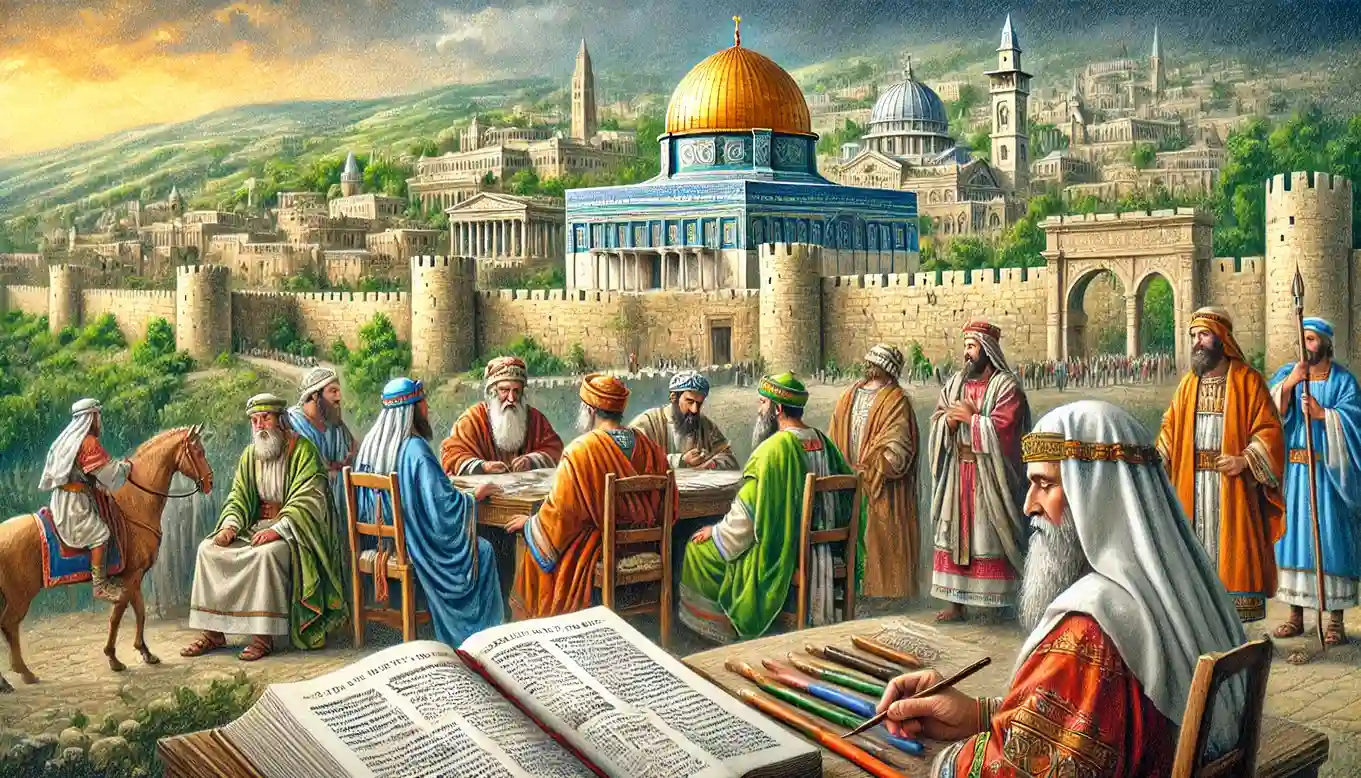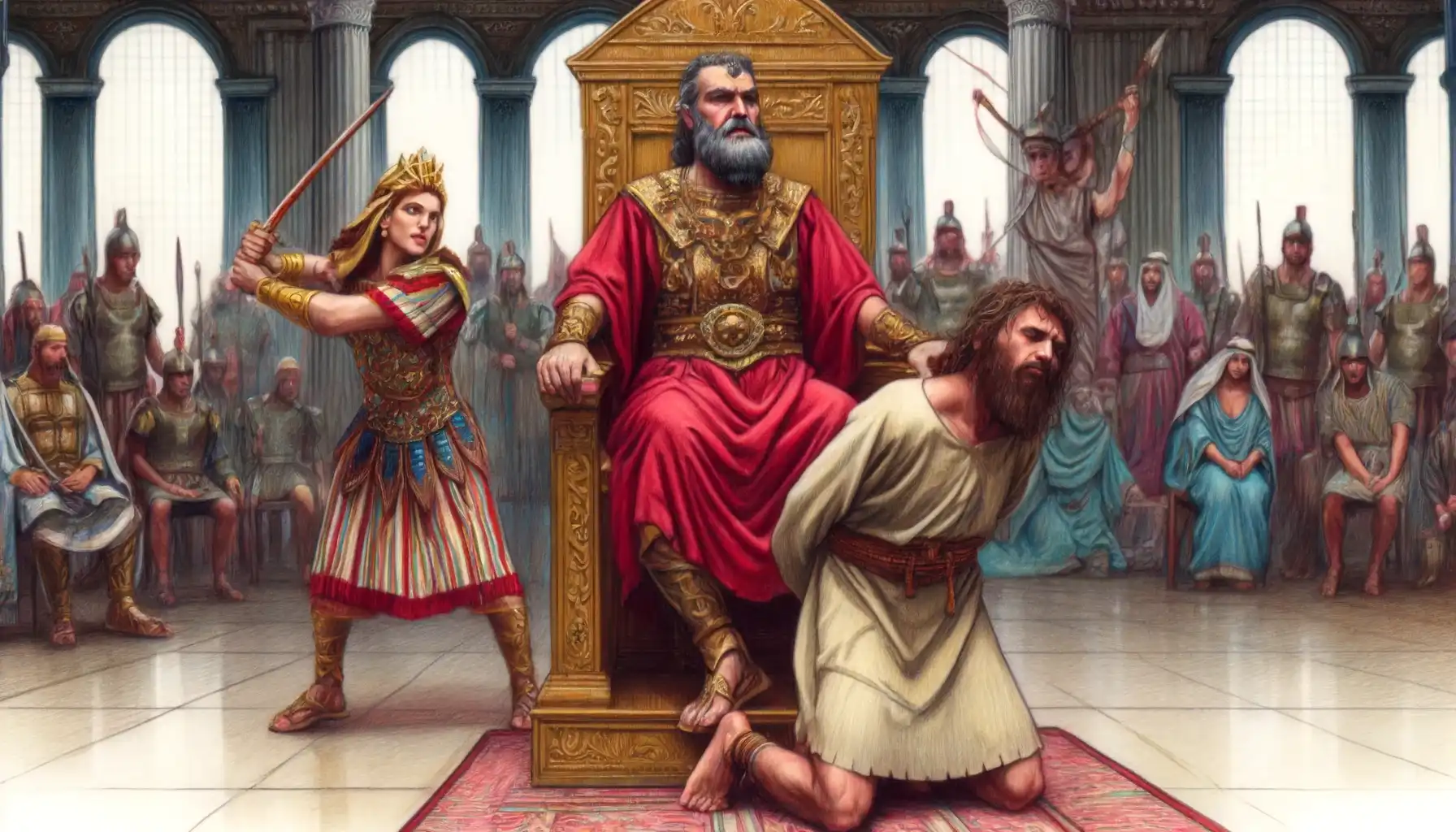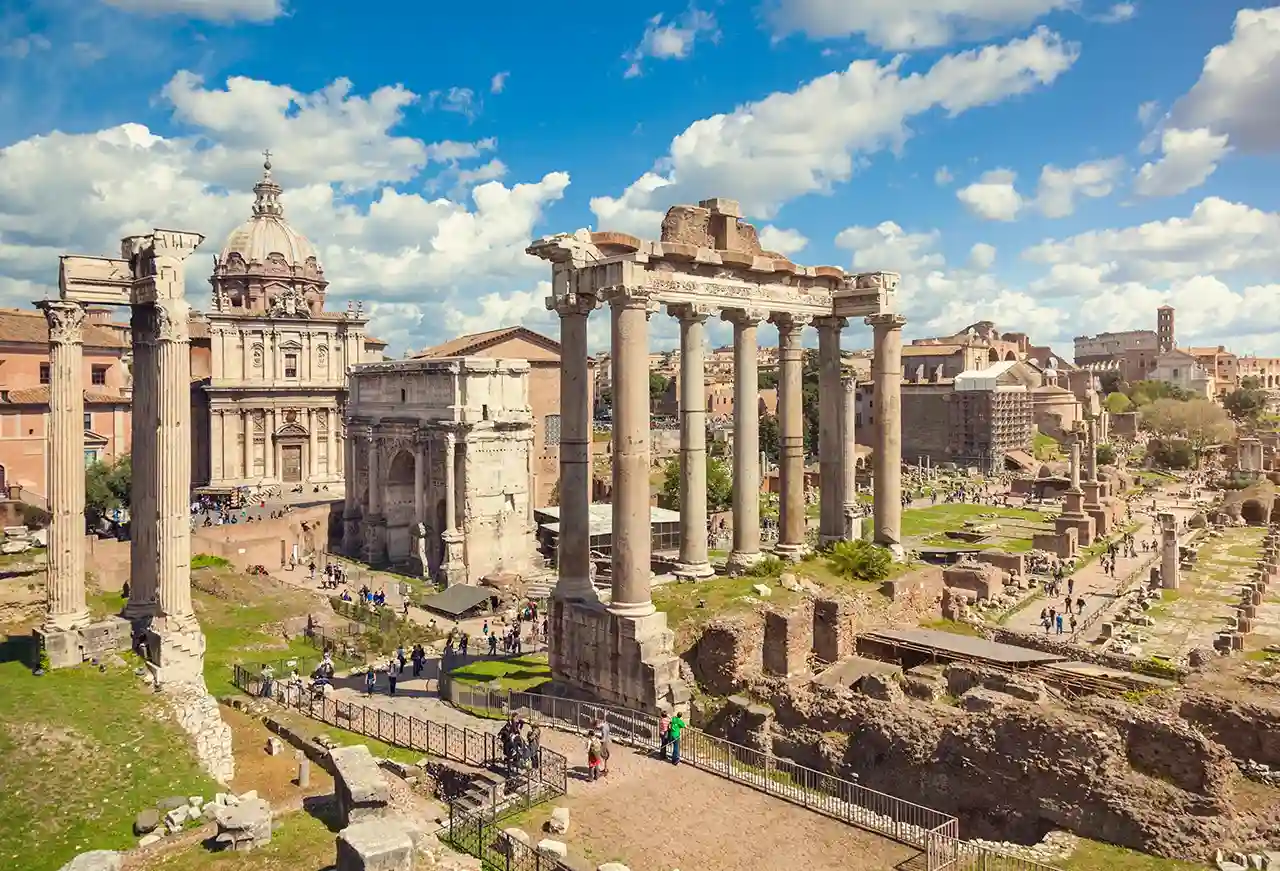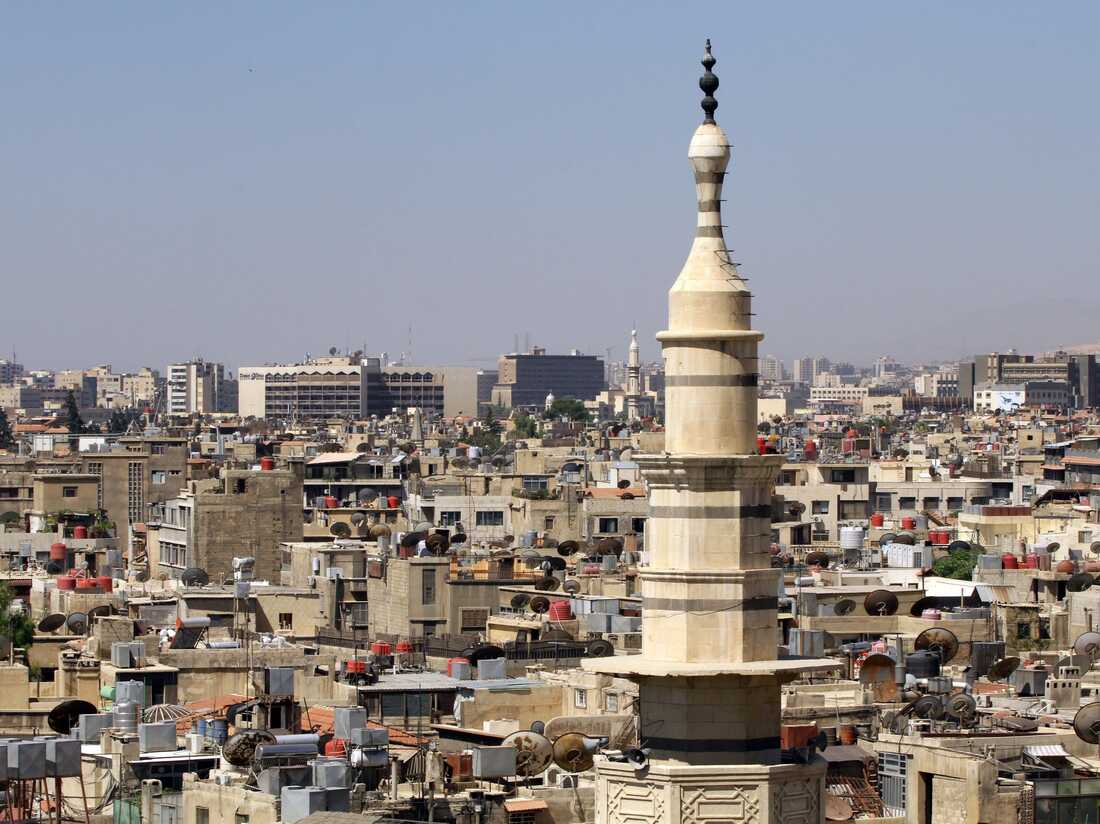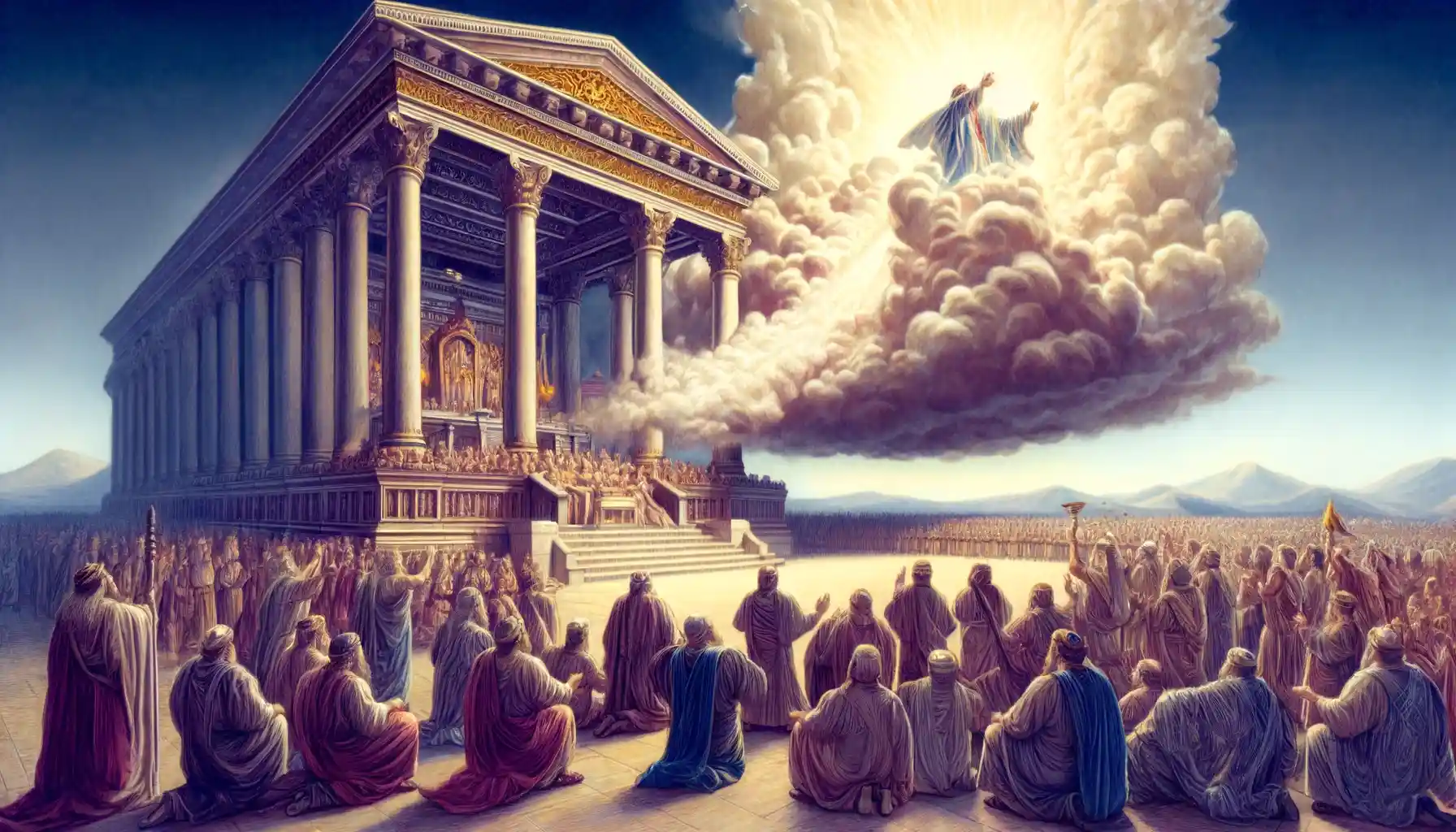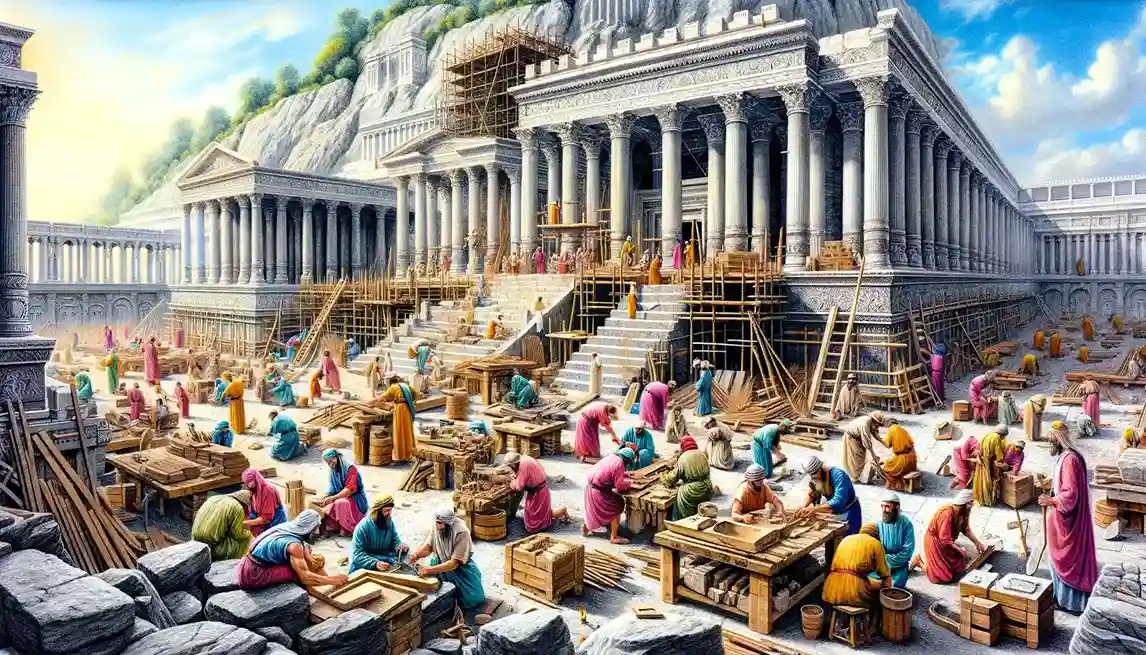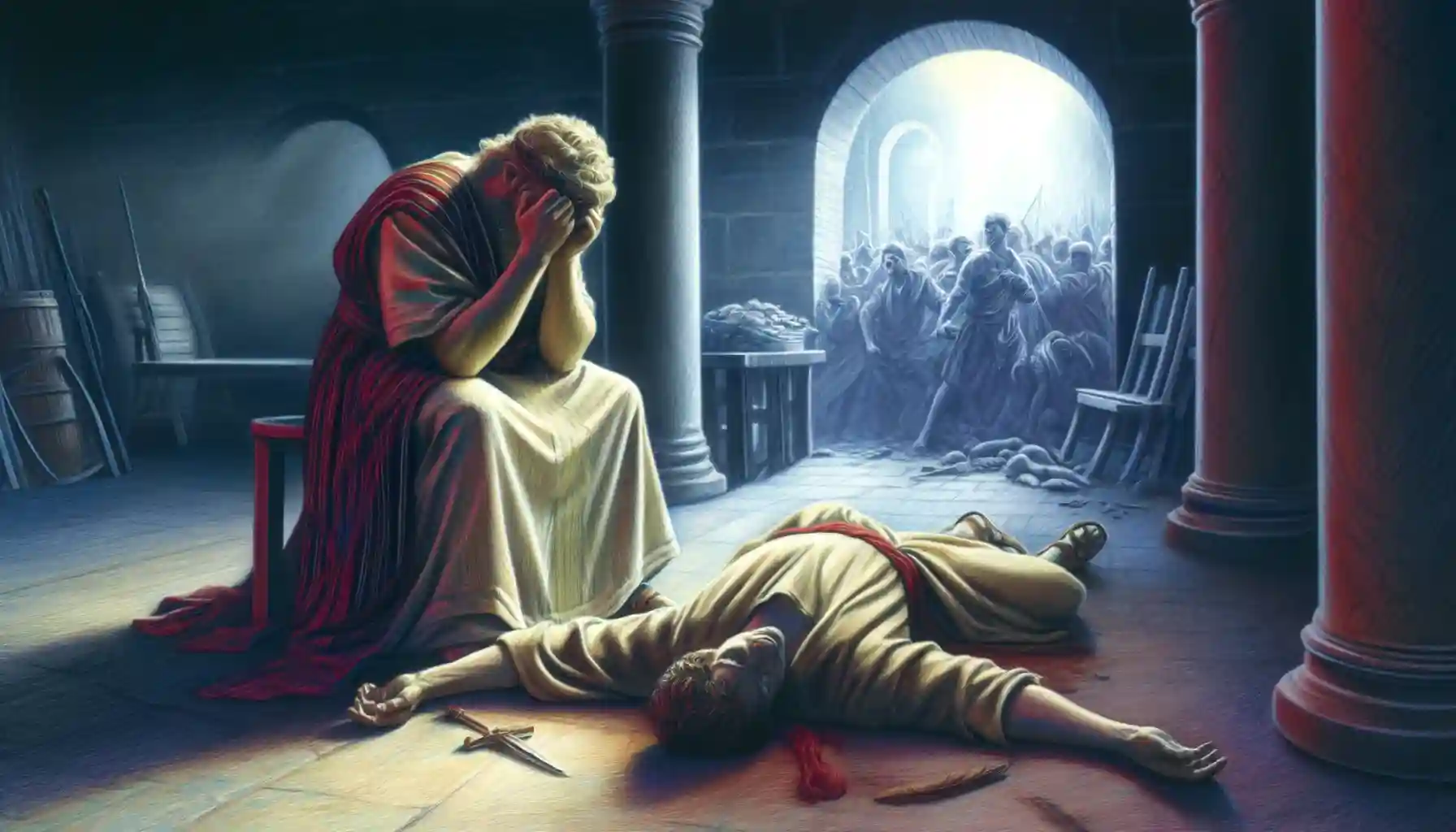The Southern Kingdom of Judah, formed after the division of the united monarchy, was centered in Jerusalem and ruled by the descendants of David, experiencing periods of reform and decline before its conquest by Babylon in 586 BC.
Herod Antipas, the tetrarch of Galilee and Perea, is notorious for ordering the beheading of John the Baptist at the behest of Herodias’s daughter, Salome, and played a part in the trial of Jesus before being exiled to Gaul.
Rome, the capital of the Roman Empire, holds significant importance in biblical history, particularly in the New Testament, where it is depicted as a key center for early Christian activity involving pivotal figures such as the Apostles Paul and Peter, and played a crucial role in the spread of Christianity through its infrastructure and influence.
Damascus, a city steeped in both historical and biblical significance, serves as a pivotal setting in the Scriptures, featuring prominently from the Old Testament’s accounts of Aramean conflicts to the New Testament’s transformative tale of Saul’s conversion on the road to Damascus, encapsulating themes of judgment, mercy, and profound spiritual renewal.
2 Chronicles thus acts as a mirror reflecting the spiritual health of Judah through its leaders, offering lessons on the importance of righteous leadership and fidelity to divine commands.
2 Kings provides a sobering conclusion to the history of the Israelite kingdoms, serving as a lesson on the importance of fidelity to God and the devastating consequences of its neglect.
1 Kings provides a rich narrative that underscores the complexities of human leadership and divine governance, offering profound lessons on the consequences of adhering to or straying from divine laws.
2 Samuel provides a detailed portrait of one of the Bible’s most complex figures, King David, showing his rise to absolute power, his moral failures, and the impact of his reign on the nation of Israel.
Jerusalem, a city steeped in millennia of history, holds profound significance for Christians as the site of Jesus’ crucifixion, resurrection, and the birthplace of the Church, embodying the fulfillment of biblical prophecy and a beacon of hope for the promised return of Christ.

